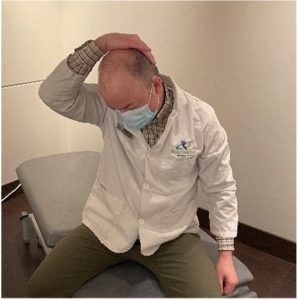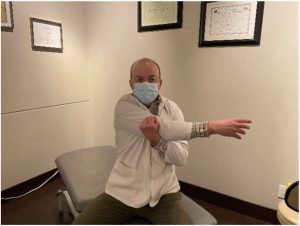Headaches – types, causes, symptoms, treatment, and prevention
Headache – a pain in the head or even the face, is one of the most common and disabling conditions that everyone, and anyone, can experience during their lifetime. Almost 16% of the global population experiences headaches every day. Although most headaches aren’t dangerous, some can be symptoms of severe conditions.
There are many factors that can cause headaches, such as stress, dehydration, anaemia, chronic diseases, hormone problems, the environment, and so on.
There are more than 150 types of headaches. The classification system developed by the International Headache Society characterizes headaches as either primary or secondary:
1. Primary Headaches:
Primary headaches are those in which the headache and its associated manifestations constitute the disorder itself. They are not a symptom of or caused by an underlying medical condition, typically they are not dangerous, but they can be very painful and disrupt day-to-day life. They can be triggered by lifestyle factors or situations, including alcohol, type of food, lack of sleep, bad posture, etc. The most common types in this group are Tension Headache and Migraine.
a. Tension Headaches:
This type of headache is the most common. It can cause pain behind the eyes, in the head and neck, like a tight band around the head. It can be mild, moderate, or severe. There are a variety of triggers that can cause it, such as alcohol, dental problems, fatigue, cold or flu, a sinus infection, bad posture, emotional stress, lack of water intake, lack of sleep.

b. Migraines:
This is typically a pain on one side of the head. Untreated, a migraine can last from 2 to 72 hours. Common symptoms are nausea, vomiting, and sensitivity to light, noise, and odours.
Usually there are 4 phases:
Premonitory symptoms: appear around 24 hours prior to a migraine. These include symptoms such as an increase in appetite, mood changes (depression or euphoria), unmanageable yawning.
Aura: includes sensory disturbances such as dots, sparks or zigzags in the vision, foggy vision, brightly colored spots that will occur prior to or during the migraine. Some people may also have tinnitus, dizziness, inability to speak clearly, and muscle weakness.
Headache: Sometimes this may not occur.
Postdrome: includes symptoms that happen after a migraine, such as exhaustion or confusion. It may last for up to 1 day.
There are 2 types of migraine, migraine with an aura and migraine without aura. Only 25% to 30% of people who experience migraine headaches have migraine with an aura.
2. Secondary headaches:
Secondary headaches are a group in which the headache is a symptom of another disease or condition. Some of the causes can be high blood pressure, sinus infection, concussion, aneurysm, etc.

3. Headaches – treatment and prevention:
The most important step is to first talk to a specialist in order to diagnose the cause and then develop a therapeutic plan to address that. The treatment process may also include the intervention of other professionals such as your Family Doctor, Osteopathic Manual Therapist, Massage Therapist, Acupuncturist, Chiropractor, Physiotherapists, Dieticians, and Dentists.
Osteopathic Manual Therapy can help reduce the pain of a headache through using gentle techniques in which the practitioner may apply mobilization on the joints, internal organs, stretch the muscles and balance posture.
See one of Body Therapy Wellness’s Osteopathic Manual Therapists to help with your headache/migraine.
To prevent headaches, there are some recommended activities, such as:
- Exercise (lifting weights + cardio)
- Meditation
- Yoga
- Increasing water intake.
- Relax more: For example, enjoy time with family and friends.
- Stretching: neck and shoulder stretching can help to relieve the pain from a tension headache condition. You should hold it for at least 15-30 seconds and do each side.
Upper Trapezius Stretch:
- Sit on a chair/bench with your feet flat on the floor.
- One hand holds the chair.
- The other hand places on one side of your head and gently pulls it towards your shoulder.
- This stretch affects the side of the neck, shoulder right down to your fingertips.

Levator Scapulae Stretch:
- Sit on a chair/bench with your feet flat on the floor.
- One hand holds the chair.
- Place the other hand on the back of your head and gently pull towards the armpit on the same side.
- This stretch affects the back of your neck and shoulder.

Deltoid stretch
- Place one arm across your chest
- Grasp the other hand just above your elbow and push it towards your chest.
- Hold for 30 seconds and repeat with the other arm.





